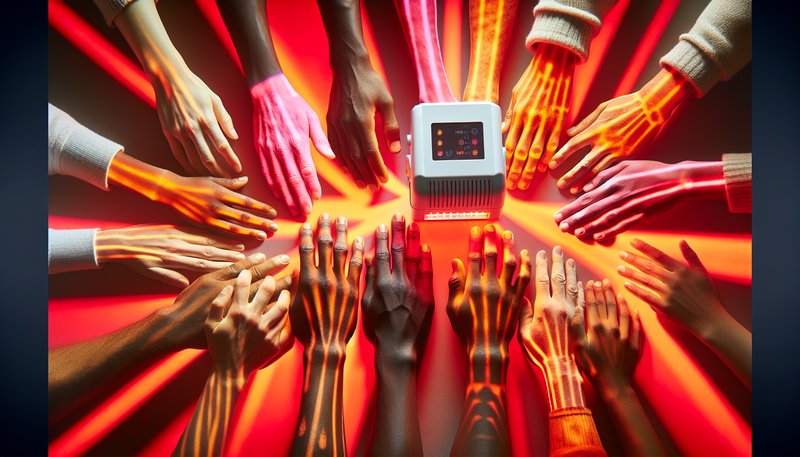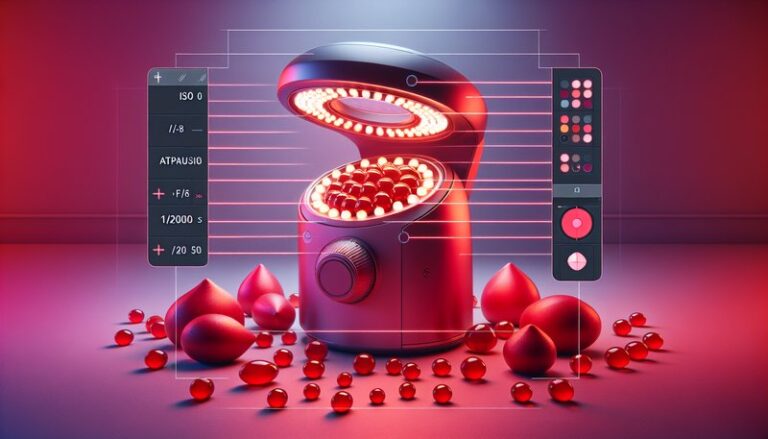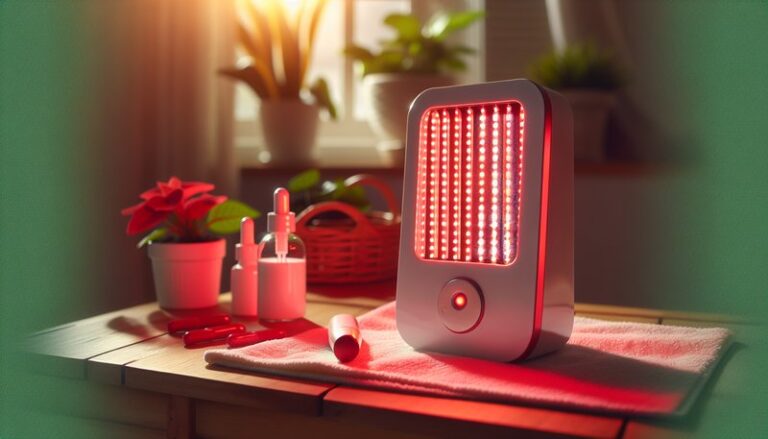Does Red Light Therapy Make Hyperpigmentation Worse?
Could red light therapy potentially exacerbate hyperpigmentation?
In this article, we will explore the relationship between red light therapy and hyperpigmentation, delving into what red light therapy is, its benefits, and whether it can worsen skin discoloration issues. We will also consider important factors to take into account before undergoing treatment, explore alternatives, and address common questions surrounding the topic.
Key Takeaways
- Red light therapy can promote healing and may actually help reduce hyperpigmentation in many cases.
- While it is generally safe, individual skin types and conditions can influence the results of the therapy.
- Consulting with a skin care professional is essential to determine the best course of action for hyperpigmentation concerns.
What is Red Light Therapy?
Red light therapy (RLT) involves the use of low-wavelength red light to treat various skin conditions. This therapeutic technique penetrates the skin surface to promote cellular function and regeneration, which can ultimately enhance healing.
Discover more in Daily Use of Red Light Therapy?
RLT is commonly used for skin rejuvenation, acne treatment, and reducing inflammation. It works by stimulating the mitochondria in skin cells, leading to increased energy production and collagen synthesis. This process can support the body’s natural healing mechanisms and improve the overall appearance of the skin.
What are the Benefits of Red Light Therapy?
The potential benefits of red light therapy are extensive, and the following sections will explore some of the most notable advantages.
Promotes Skin Healing
Red light therapy can accelerate the healing process of the skin. Phototherapy helps to reduce inflammation, promote tissue repair, and enhance circulation, which can be especially beneficial for conditions like acne scars and post-inflammatory hyperpigmentation.
Stimulates Collagen Production
Collagen is essential for skin elasticity and firmness. RLT stimulates fibroblasts, the cells responsible for collagen production, helping to reduce the appearance of fine lines and age spots, making it a good option for improving skin texture.
Reduces Inflammation
One of the outstanding benefits of red light therapy is its ability to reduce inflammation. For individuals with inflammatory skin conditions, this can lead to less redness and irritation, indirectly supporting a more even skin tone.
For more insights, see Red Light Therapy: What and How?
Enhances Product Absorption
Using red light therapy can enhance the absorption of topical skincare products. When applied before the use of specific serums or treatments, it may increase their effectiveness, leading to improved results in combating hyperpigmentation.
Is it Possible to Worsen Hyperpigmentation with Red Light Therapy?
While red light therapy is generally beneficial, it is important to consider the specifics of each individual’s skin type and condition. Some people with sensitive skin or darker skin tones may experience a hyper-reaction to the light, which could potentially lead to increased pigmentation in certain patches.
What are the Advantages of Using Red Light Therapy for Hyperpigmentation?
This therapy can be advantageous in promoting healing and reducing existing pigmentation spots. Its benefits include:
Improvement of Existing Pigmentation
In many cases, RLT can help lighten existing hyperpigmented areas, making it an effective treatment, especially for post-acne marks.
Improved Skin Resilience
Regular RLT sessions may enhance overall skin health, making the skin less reactive to sun exposure, a common trigger for hyperpigmentation.
Customizable Treatment Plans
Treatment can be tailored according to individual skin types and conditions, allowing for a more personalized approach to caring for hyperpigmentation.
What are the Things to Consider Before Starting Red Light Therapy?
It is crucial to consider certain factors before embarking on red light therapy, particularly regarding hyperpigmentation.
Skin Type and Sensitivity
Skin types vary, and those with darker skin tones may be more susceptible to changes in pigmentation. Consulting a dermatologist to evaluate skin sensitivity is vital.
Potential for Irritation
While RLT is generally safe, some individuals may experience irritation. Conducting a patch test can help gauge how your skin will respond before full treatment.
Consultation with a Professional
Before starting RLT, it’s wise to consult with a skincare professional who can assess your skin condition and recommend an individualized treatment plan that aligns with your needs.
What are the Alternatives to Red Light Therapy?
If red light therapy doesn’t seem suitable, there are several effective alternatives to manage hyperpigmentation.
Topical Treatments
Many over-the-counter and prescription creams contain ingredients such as hydroquinone, retinoids, and vitamin C, which can effectively lighten hyperpigmented areas.
Chemical Peels
Chemical peels involve applying a solution to the skin that causes it to exfoliate and eventually peel off, revealing a new layer that is often lighter in color.
Laser Treatments
Lasers can target specific areas of hyperpigmentation and can yield dramatic results. They should be performed by qualified professionals to ensure safety and efficiency.
Conclusion: Is it Recommended to Use Red Light Therapy for Hyperpigmentation?
Red light therapy can be beneficial for many struggling with hyperpigmentation, typically promoting healing and reducing discoloration. However, personal factors such as skin type and sensitivity can influence results. Consulting with a skilled skincare professional is recommended to assess whether red light therapy is the best course of treatment tailored to your specific condition.
Frequently Asked Questions
Can red light therapy irritate the skin?
Yes, while generally safe, some individuals may experience mild irritation. Testing on a small area first is advisable.
How often should I undergo red light therapy for hyperpigmentation?
Frequency can vary, but typically 2-3 sessions per week are recommended for best results. Always follow your practitioner’s guidelines.
Is red light therapy safe for all skin types?
While suitable for many, people with specific skin conditions or sensitivities should consult a dermatologist before proceeding.
Can I use topical treatments alongside red light therapy?
Yes, in fact, RLT can improve the absorption of topical treatments, enhancing their effectiveness.
What is the expected time frame to see results?
Results can vary, but many start to see improvements in skin tone and texture after a few weeks of consistent treatment.






